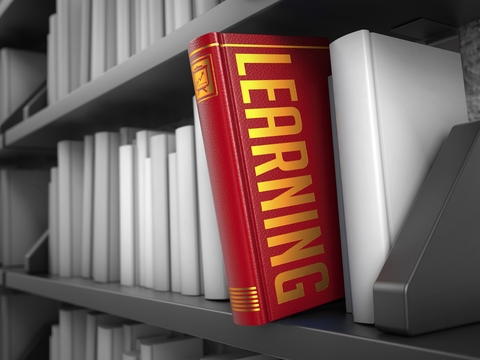
These days, I find myself reflecting upon the early days of a 32-year career at Eli Lilly and Company. I recall my first weeks on the job after being hired by Lilly, fresh out of the University of Michigan School of Public Health. I was an industrial hygienist, a type of public health work that focuses on the prevention of disease and injury arising from the workplace. I was only the sixth industrial hygienist hired by the company in its history and we were a fledgling group. My boss was at another site, and had never done this work. My orientation consisted of a series of “meet- and-greets” with technicians and engineers, management and nurses and doctors, who would be my clients and partners.
After the orientation, my work began … except that, it didn’t. I didn’t really know what to do. I didn’t know how to get started. We had no way of doing things, no processes; none of that had yet been built. My boss, though very supportive, did not give me specific direction. My colleagues were at other sites. So I did what I learned in school, all the way from first grade to graduate school: I sat at my desk, studied books, OSHA regulations, technical journals and waited for someone to give me direction, or the phone to ring … for days on end.
After a couple of weeks of that routine, Brenda, an administrative assistant in Employee Health Services, two years out of high school and wise beyond her years, made a powerful observation, “My, you sure do read a lot!” That was just her nice way of saying, “Why do you sit at that desk all day, rather than be out in the plant helping people?” It was just the kick in the pants I needed. I put on a white physician’s coat, and made my rounds of the plant, being visible, meeting people and asking questions. I started learning how to do my job. A steady stream of work soon followed.
Since then I have questioned my slow start. Was it just me? Was I not a self-starter? I’ll accept some of the blame; but others have not said that about me in the 32 years since. I am coming to realize that my initial approach to professional work was formed from how I learned in school. The academic model: Be passive, while teachers and professors fling content at you. Give it back to them, albeit in a slightly altered form, and get graded on correctness. I was waiting for someone to give me a problem, easily solvable by myself, so that I could get a “good grade.” This realization, that my matriculation through school was not the optimal way to learn, is not only mine. There is a tidal wave of research and thinking from people who are way beyond awareness of the need to change and have successfully implemented new approaches to learning.
Now, I am a leadership educator, and I see this “academic disease” every day. I often get requests from busy leaders. They go something like this: “I want to solve world hunger. Do you have a course I can take in 2 hours?” Their assumption, based on this “academization” of learning, is that their passive consumption of content will make them capable, in this case, of solving world hunger.
And yet, in their heart of hearts, they really do know how to learn. When I ask these same leaders, “How is it you know how to do what you do now,” they will start telling stories of insights and skills gained from a good coach, a bad boss and/or a challenging experience. While knowing some content got them started, they became capable from doing something. Learning is active. It involves inquiry and action.
Error is critical. Have you ever met someone who learned how to ski and who never fell? Deep learning requires failure. Learning requires coaches and mentors who both challenge and support us. Learning is a social activity.
The disease has also infected corporate universities, where exists the underlying assumption that content is king. In this world-view, corporate learning strategies simply are the implementation of a learning management system, chock full of e-content that will somehow make employees capable. Content is useful to grow knowledge, but knowledge does not equal capability. Organizations do not need employees who know, they need employees who know-how.
So we all have grown up in a system of schooling that is baked into us. Regulatory agencies require all kinds of employee training with the assumption that knowledge alone builds capability or changes behavior. Chief learning officers try to please their senior leaders with just-in-time content for employees via state-of-the-art learning management systems. The odds seem to be stacked against successful change. Where do we start?
It’s not like we have a choice. All sectors in society are going through disruptive and continuous change.
Much of what we learned early in our careers is irrelevant to our future. It’s “learn or die” time. What we don’t need is someone else’s training plan containing a litany of academic e-courses. We do need is to own our careers, chart our own paths and use a development plan, filled with challenging experiences and good mentors, and some content, to help us stay relevant – and better yet – build new capabilities.
It all starts by breaking with some old ways, and learning how to learn.
Bill Fanelli is the owner of Fanelli Pathways LLC and formerly developed leaders at Eli Lilly and Company. Email Bill at bill@fanellipathways.com.








